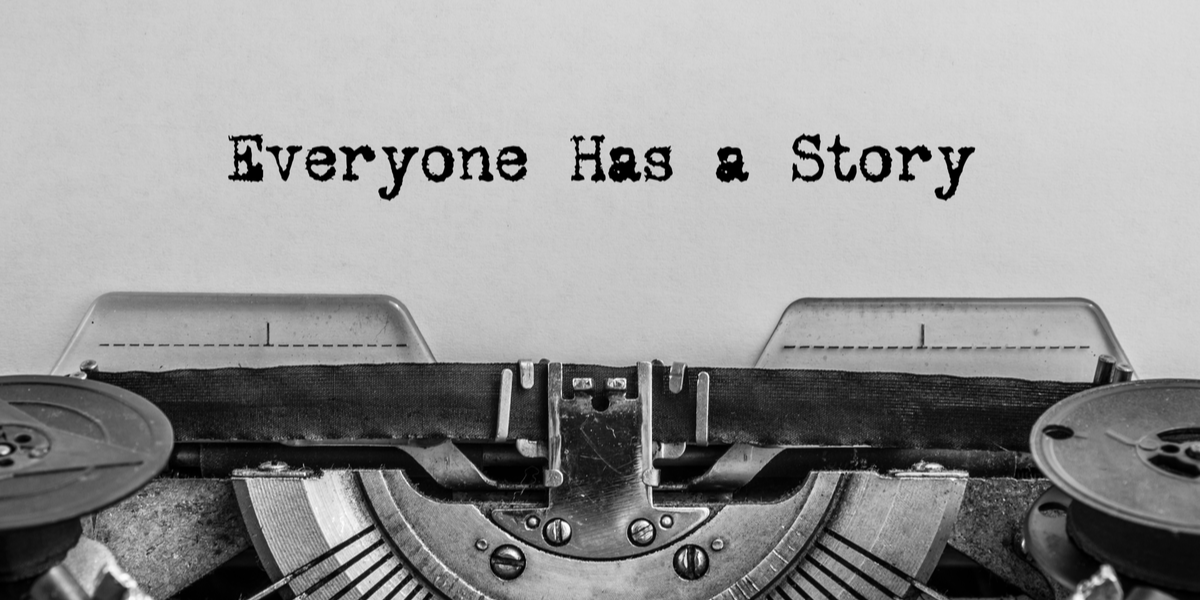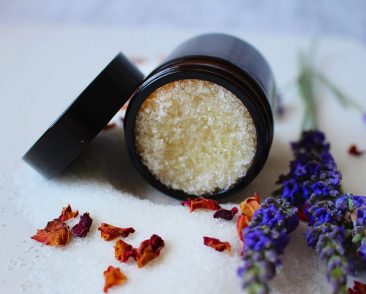In the words of Christina Baldwin, “Journal writing is a voyage to the interior.” As a cashback app that rewards you for shopping and buying healthy, wellness is at the very core of the mission behind Makeena. And we know that self-reflection and care are keys to living a well-balanced life. Studies show that the practice of journaling can reduce depression and anxiety, boost immune function, cultivate gratitude, aid in trauma recovery, and improve memory function.
We couldn’t have said it better than Ms. Baldwin. Starting a journal — or a “voyage to the interior” — helps with self-reflection, allowing us to unpack and meditate on our thoughts, experiences, relationships, and even values. It’s a cheat code for self-improvement, and needed more than ever in our digital era. This article by GrantStation discusses the importance of self-awareness and reflection in our fast-paced world, and Sherry Turkle’s book, Reclaiming Conversation: The Power of Talk in a Digital Age reminds us that we cannot connect with others if we do not begin with ourselves.
And where can we start in the journey of connecting with ourselves? With a pen and a piece of paper. There’s no guidebook, manual, or journal about journaling, nor is there a correct or an incorrect way to journal. And that’s what makes the act of journaling so difficult to start doing, but once you start it’s almost impossible to stop. Below we’ll give you some ideas to kickstart your journaling by sharing our favorite methods for mental health. Don’t be surprised if your journal becomes your new confidant, sidekick, or partner-in-crime along the way!
Bullet Journaling
First, the Bullet Journal, affectionately nicknamed the BuJo, is a space for mindfulness, goal-setting, productivity, and planning all in one place. Our favorite thing about the bullet journal is that it’s forward-thinking (you’ll never outgrow it!), but it minimizes the stress of big-picture planning, by doing the seemingly impossible: taking it one day, one moment, one sentence at a time.
Essentially, the bullet journal consists of sections of your own choosing, but it is recommended to include the following: an index to keep you organized, future log, monthly log, and a daily log. Your daily log can include mood trackers, hydration logs, to-do lists, and even prayers or inspirational quotes.
The bullet journal is budget friendly; all you need are blank sheets of paper and a pen, but check out this blog with 9 well-loved, pre-made bullet journals to get you started. And the best part? The bullet journal meets you where you’re at, and grows with you along the way.
Our favorite bullet journal ideas that focus specifically on mental health include anxiety logs, a running list of self-care ideas, rant spaces, positive affirmations, and habit trackers. Try adding these pages into your bullet journal for peak relaxation and reflection.
Art Journals
When you think of a typical journal, chances are that long sentences and word-filled pages come to mind. That doesn’t have to be the case. Sometimes, we simply cannot put words to our big emotions, thoughts, and feelings — and that’s okay. When words fail, we can turn to art.
Did you know that art therapy can be used as a complement to traditional mental health treatment and can aid in managing behaviors, processing feelings, reducing stress, and improving self-esteem? And you can practice this from the comfort of your own bedroom or office! Get creative by throwing mixed media art into your existing journal. Experiment with drawings of your own or items like pressed flowers, magazine cutouts, or newspaper clippings. When we quiet our minds for just fifteen minutes, it’s amazing what we can create — and what those creations can do for us intellectually and emotionally.
Letter Journals
Next, have you ever walked away from a conversation, feeling like you left so much unsaid? Those thoughts and feelings can certainly wreak havoc on your mind. Not anymore. For your next journaling session, write some letters.
So, write letters to anyone and everyone. Write a letter to a childhood friend, a mentor, a mentee, a parent, a significant other, a child, a pet, the stranger in the drive-thru line, or, even, your younger self. Our relationships are integral parts of our lives, and recent studies from Ireland and the USA have shown that that negative social interactions and relationships increase the risk of depression, anxiety, and suicidal ideation. Sure, broken relationships can’t be solved with a single confidential letter, but reconciling our thoughts and feelings about those around us can provide a new window to ourselves and our souls.
Writing these letters can help repair relationships from the inside out and change our perspectives on how we approach people — and your journal is a great place to start.
Gratitude Journals
The practice of gratitude is central to our immediate human experiences, and is often overlooked in our digitized, routine-dominated lives. Statistics show that over 90% of American teens and adults indicated that expressing gratitude made them “extremely happy” or “somewhat happy,” and that a five-minute daily gratitude journal can increase long-term well-being by 10%.
Implementing the practice of gratitude into your daily life is a worthy pursuit, and your journal can serve as your medium. Try using these gratitude-centered prompts for your next journal entries to spark your imagination:
Who do you appreciate?
Name three great things that happened to you today.
What attributes do you have that you are grateful for?
Write what you love about your home.
What are three things you cannot live without?
Take it up a notch to write down a daily challenge for yourself to complete each day. The goal? Make someone else feel grateful for something you said or did. Check it off when it’s done and journal about the experience!
Stream of Consciousness Journal
Finally, a stream of consciousness journal, or a “Babble,” is incredibly powerful. About 19.1% of American adults have an anxiety disorder, which, in many cases, includes the presence of racing thoughts, which can be especially debilitating in our day-to-day lives. It’s difficult to combat, but not impossible — and journaling can help you get there.
For at least ten minutes a day, surrender your perfectionism and simply write out your stream of consciousness as it comes. It should be messy! Scribble if you need to, scratch out words, and document your internal monologue. The best part? Only you will be the one to read it.
Documenting your stream of consciousness can help alleviate stress, voice concerns in a healthy way, and can allow you to track your thought process, providing important insights into how you operate.
It’s true that journaling embodies a true “voyage to the interior.” So, anchors away! Pick up the pen and start writing. With these journaling methods for mental health, you’re well on your way.




